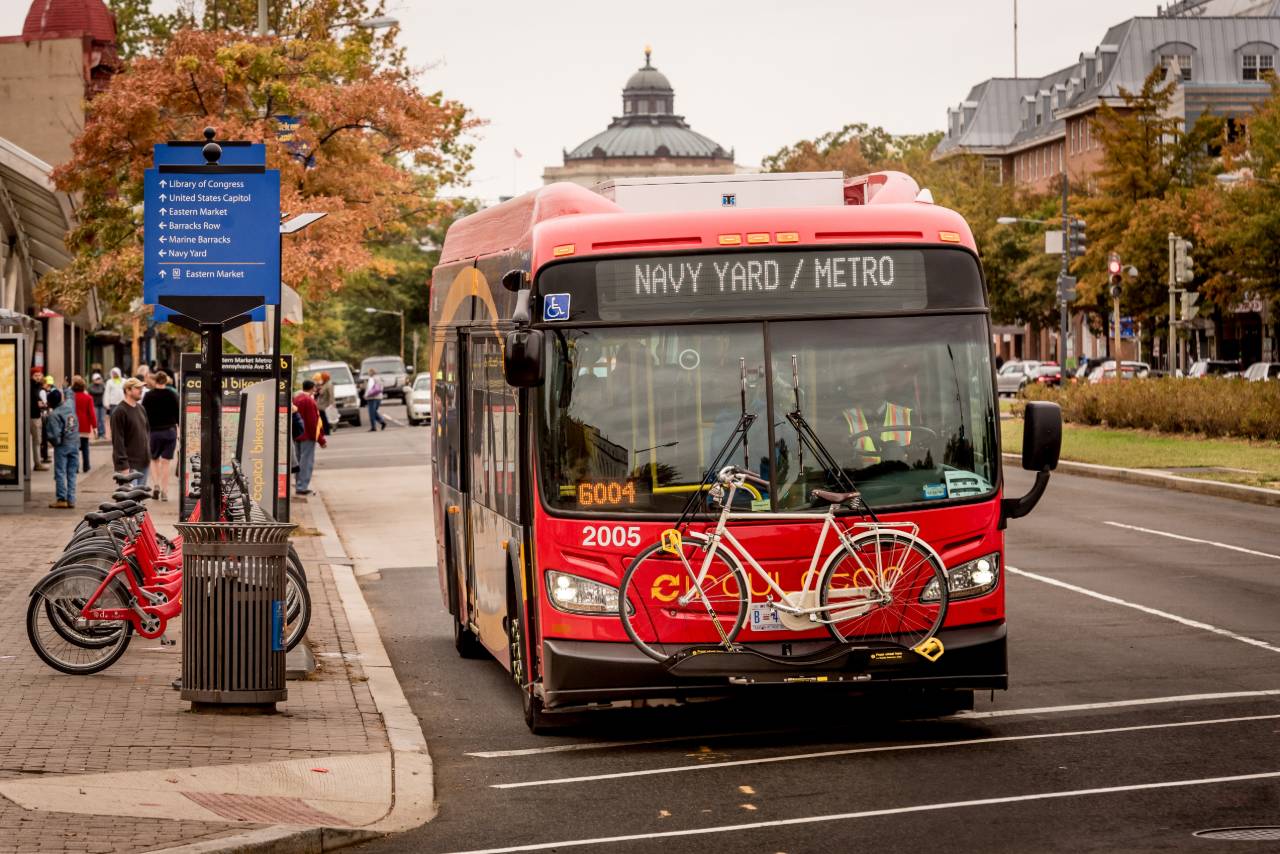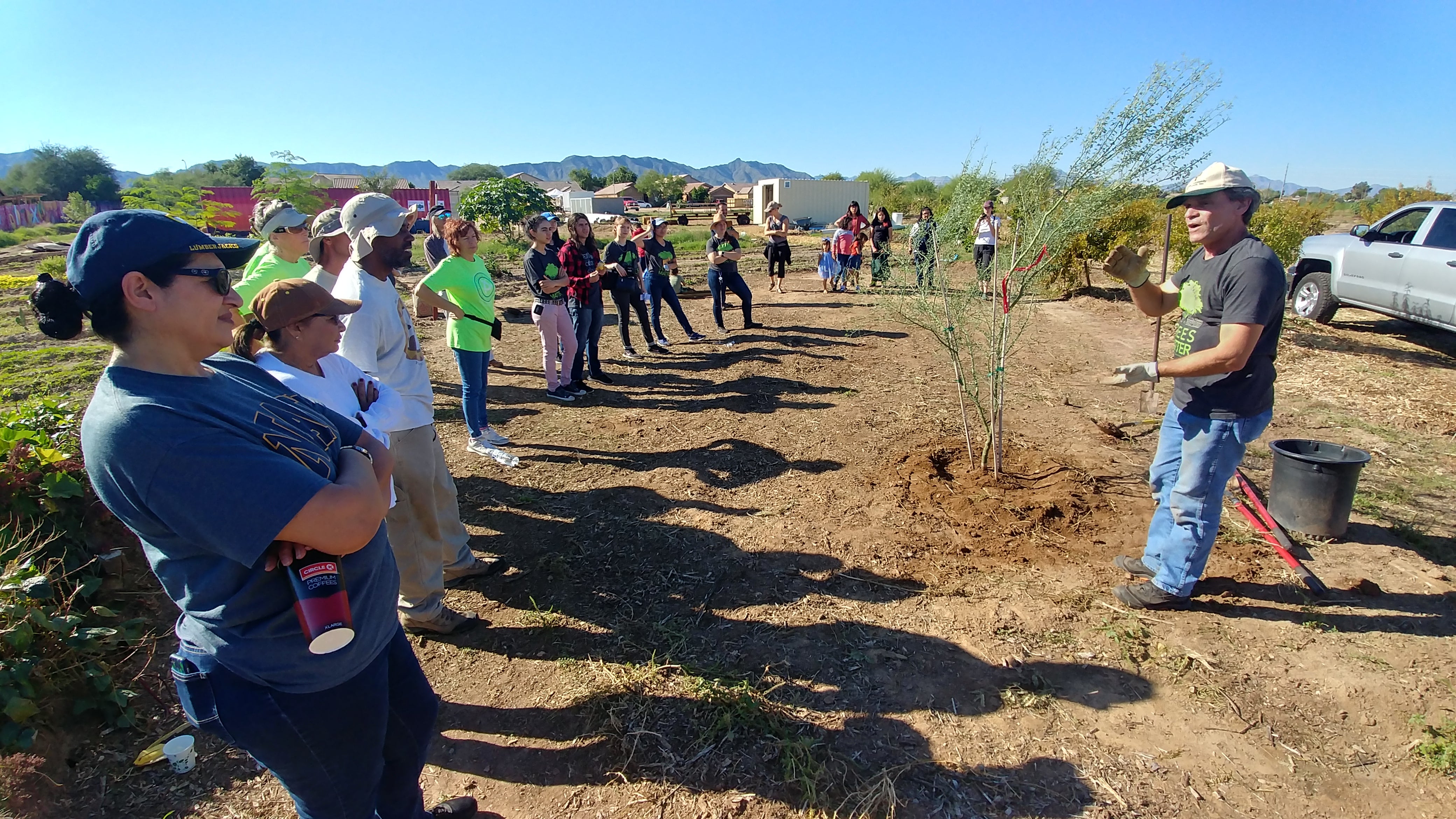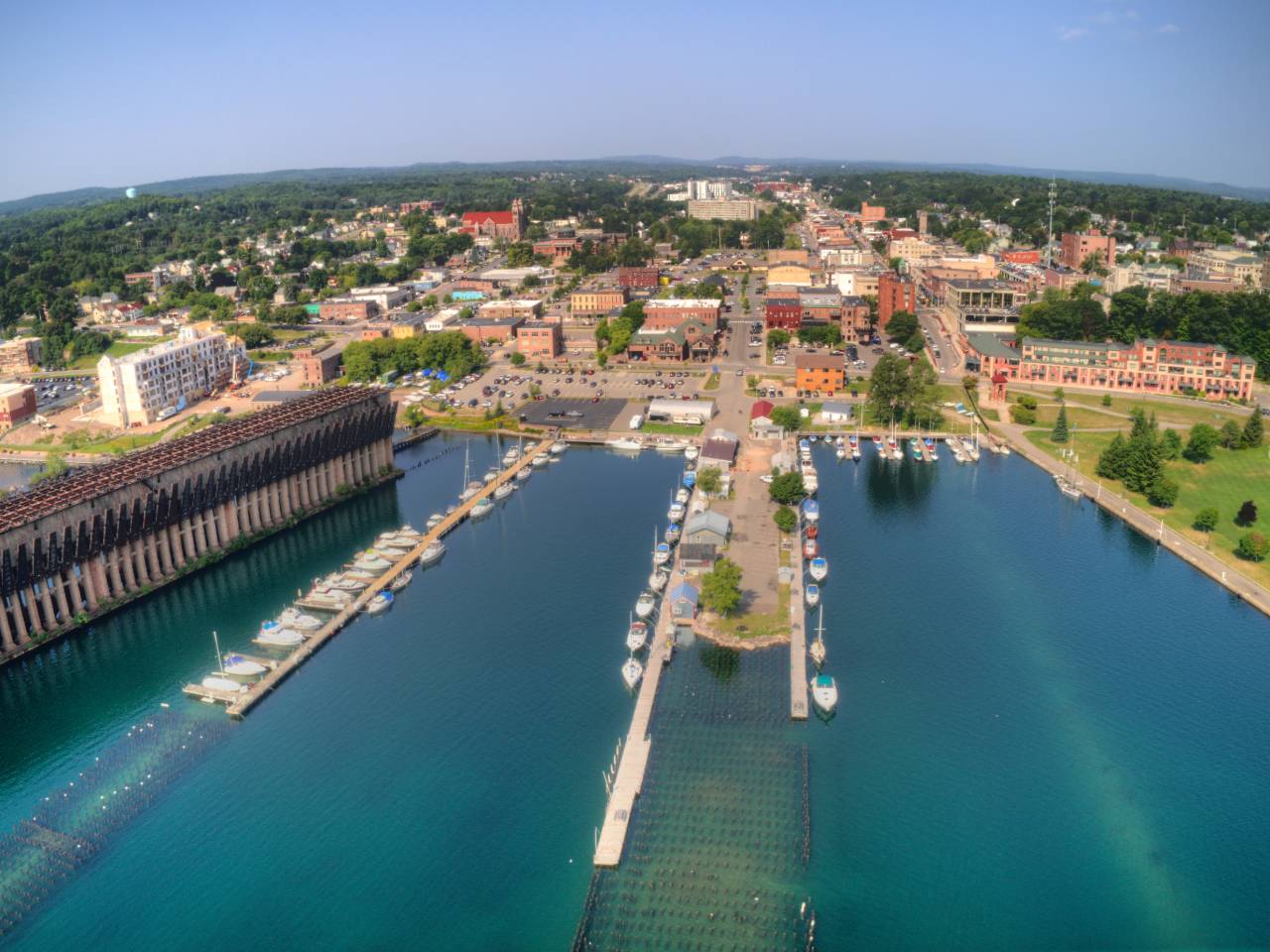When Cambridge, Massachusetts released its first climate action plan in 2002, it focused primarily on reducing greenhouse gas emissions. But by 2010, city planners looking ahead to future scenarios knew they could no longer solely concentrate on limiting the extent of future climate change – it was time to adapt to changes that were already inevitable.
In order to adapt, however, decision-makers needed to know how climate change would affect their community in the coming years. What sort of changes are mostly likely to happen, and which areas will be affected the most?
“At first it wasn’t clear how to do a vulnerability assessment at the local level. There wasn’t a methodology that we could pull off the shelf and just do,” says John Bolduc, Cambridge’s environmental planner. “So it took a year and a half to figure out how we might frame the assessment and start it.”
“At first it wasn’t clear how to do a vulnerability assessment at the local level. There wasn’t a methodology that we could pull off the shelf and just do. So it took a year and a half to figure out how we might frame the assessment and start it.”
Through their lead consultants, the city team connected with a climate scientist at Texas Tech University, Katharine Hayhoe, who is an expert in scaling global climate projections down to the local level and could provide information specifically for Cambridge.
The vulnerability assessment, published in 2017, yielded valuable insights. While the city already experiences some flooding when intense rainfall occurs, the assessment found that precipitation-driven flooding is likely to become more frequent, extensive, and deeper. And while the city has historically been protected from coastal storm surges thanks to the Amelia Earhart and Charles River dams, the vulnerability assessment revealed that the dams could be overwhelmed by sea level rise and coastal storm surges as soon as 2045. By 2070, the effects could be great enough to reach and contaminate the Freshwater Pond Reservoir, the main source of drinking water for Cambridge’s 113,600 residents.
To create a citywide climate preparedness plan, the city decided to start by developing two neighborhood-scale plans, starting with the Alewife area in north Cambridge. The neighborhood was among those projected to be hit hardest by flooding and extreme heat – a problem that is compounded by the fact many elderly and low-income residents, who are particularly susceptible to the impacts of climate change, live in Alewife. Conveniently, however, the area is also expected to undergo major redevelopment, meaning there was much opportunity to help the neighborhood become more prepared for climate change in the process.
To limit the impacts of heat waves in the area, the Alewife Climate Preparedness Plan includes adding trees and more permeable surfaces in the area, which will not only help cool the neighborhood, but could help soak up excess stormwater. The city has also partnered with several non-profit groups to develop new affordable housing for low- and moderate-income families.
One example includes the Concord Highlands project, where the non-profit developer Homeowner’s Rehab, Inc. addressed several climate change concerns outlined by the city in their plans for a new 98-unit building. To enhance the building’s resilience to flooding, for example, all residential units will be located above the projected 2070 flood elevation as will electrical components, and a community room on the very top floor will provide a safe place for residents to convene in case of an emergency. Importantly, the building will incorporate a highly efficient thermal “envelope,” which maintains a steady temperature between 55°F and 80°F for four days in case a power outage leaves residents without air conditioning or heating.
The Alewife Climate Preparedness Plan was published in 2017 as a prototype and is in the process of being implemented. With a blueprint in place, the city expects to complete its city-wide plan in 2019. In the meantime, the city has moved forward with several city-wide measures, such as mandating strict stormwater management policies for redevelopment. Because most areas at risk of flooding are located outside federal flood insurance zones, the city has made all data on flood risk for the present, 2030, and 2070 available on a free website called the Cambridge FloodViewer. The city asks developers to design new construction for 2070 flood levels. The city has also convened a task force to recommend amendments to zoning regulations to address climate preparedness and resilience.
But one of the city’s biggest infrastructure concerns – the Amelia Earhart Dam – lies outside of town. If the dam fails or is overwhelmed by sea level rise and storm surges, it will not only affect Cambridge, but many of the 21 other neighboring communities that are part of the Mystic River Watershed. Twelve of these communities, including Cambridge, have banded together through the Mystic River Watershed Association to create the Resilient Mystic Collaborative. The group has been lobbying the state for $5 million in funding for a fourth pump for the dam, to serve as a backup in case one fails. Using Cambridge’s modeling data, the collaborative has been able to engage the state in active discussions to bolster flood protection at the dam.
In the meantime, Cambridge is sharing its hydrologic modeling data with other communities in the Resilient Mystic Collaborative. “Our Public Works Department created a more simple, watershed-scale model to help the other communities to identify problem areas and areas where there may be opportunities to create solutions, which can benefit not only those communities, but the watershed at large,” says Bolduc.
Cambridge has already made much progress in addressing some of its climate change concerns, with more actions planned in the future. Bolduc says his team was first inspired when the sustainability director for Santa Monica, a city similar in size, talked to Cambridge officials about some of its climate change initiatives. The city has continued to engage with other cities to draw inspiration and to contribute its own learnings such as ICLEI-Local Governments for Sustainability, the Urban Sustainability Directors Network, and the Global Covenant of Mayors.
Once the city put its climate action wheels in motion, there were several other factors that helped the plan come to fruition. “I think being transparent and open with your assessment is important, so that your community learns about the implications of climate change [and is on board with the plan],” says Bolduc. “Because in the end, everyone is going to have to play a part in making the community more resilient. So they have to accept the analysis and see the reasons why action is needed. I think that’s key.”
Story by: Michelle Hampson.
Banner image: The 2018 Cambridge Climate Change Preparedness and Resilience (CCPR) Plan for Alewife outlines proposed physical and social resilience actions to protect Cambridge’s Alewife neighborhood from increasing heat and flooding. | Credit: City of Cambridge, MA.



